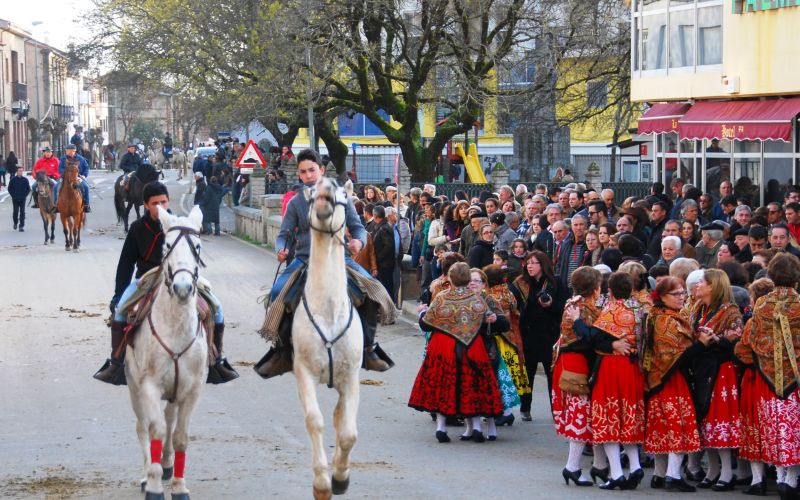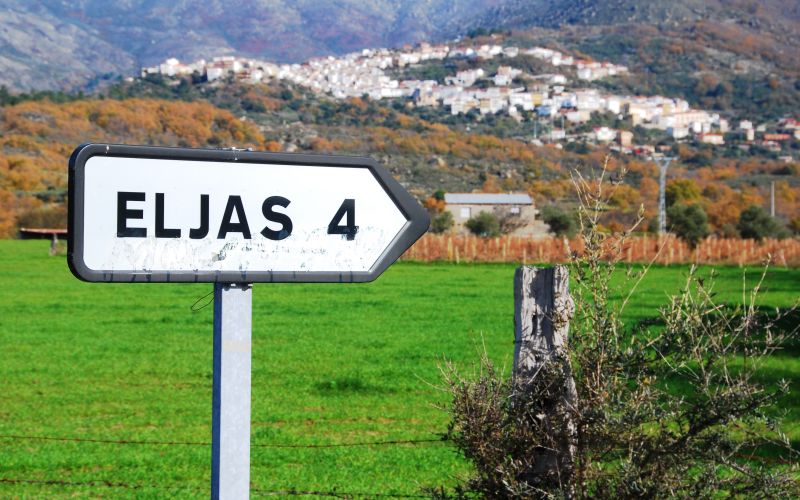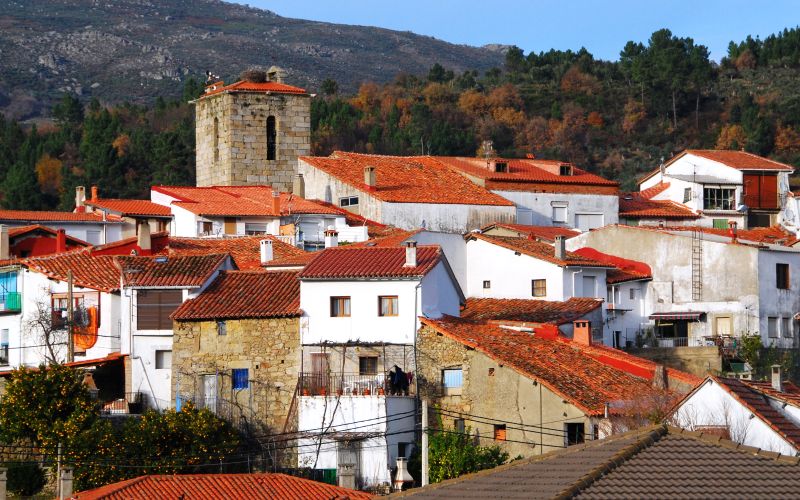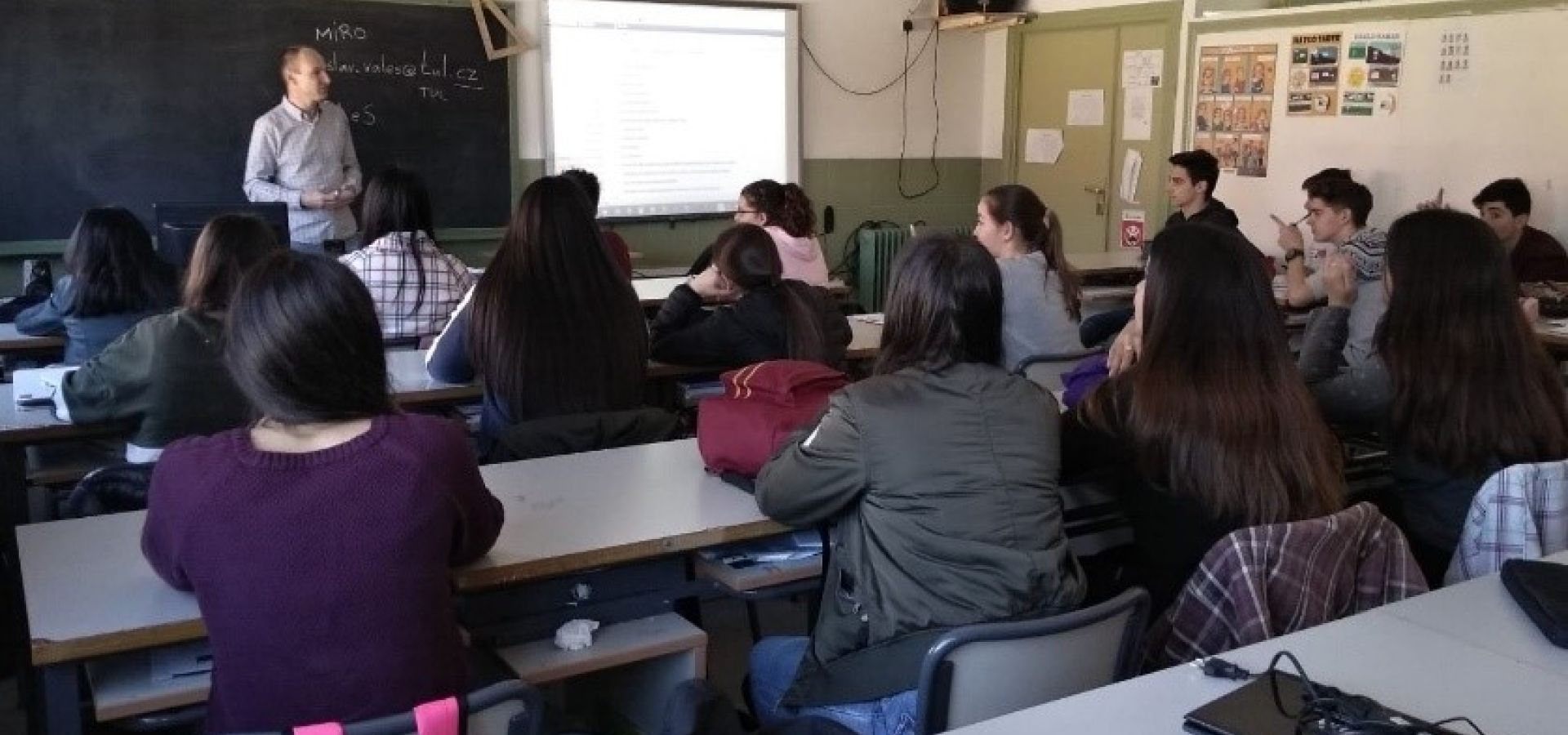A FALA




Valverde del Fresno

Eljas

San Martín de Trevejo
Three varieties - one language
Language competence
Migration
Total number of speakers
Bilingualism
Linguistic affiliation
Education
There is an Elementary school in each of the three villages and a Middle school in Valverde del Fresno. However, A Fala does not appear in the school curricula. Recently there have been individual school projects (e.g. U nosu primel diccionariu in a Fala) to support the presence of the language at school.
Is A Fala a language or a dialect?
A Fala is a vernacular language of the people living in the three villages! It can not be a dialect of any other romance language as the people do not identify themselves with other parts of Spain (e.g. Galicia) or Portugal. It is simply impossible to say which dialect of what language it should be.
What is the origin of A Fala?
This question has been a matter of discussion for many years. Various activists intended to "prove" the Galician or Portuguese "origin" of A Fala with the objective of proclaiming it a dialect of Galician or Portuguese. These activities lack a common sense and they have no support from the community of speakers. To the contrary, the speakers feel embarrassed when others try to classify their mother tongue without respect to their cultural identity.
Why is A Fala endangered?
There are two principal causes: demography and "castellanización".
Demography: The birth rate in the villages is extremely low. In comparison to the situation 40 years ago it is more than ten times lower. As a consequence, the population is growing older, younger people leave in search of better economic opportunities and the population drops dramatically.
Castellanización: Due to the contact with Spanish the language is adopting Spanish-like forms. We can observe this evolution particularly in the discourse of younger speakers.



